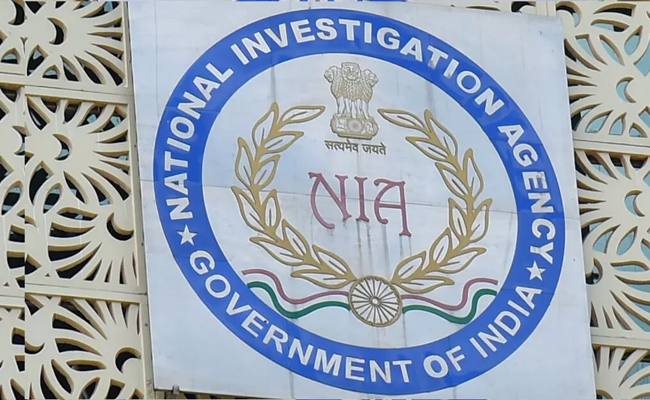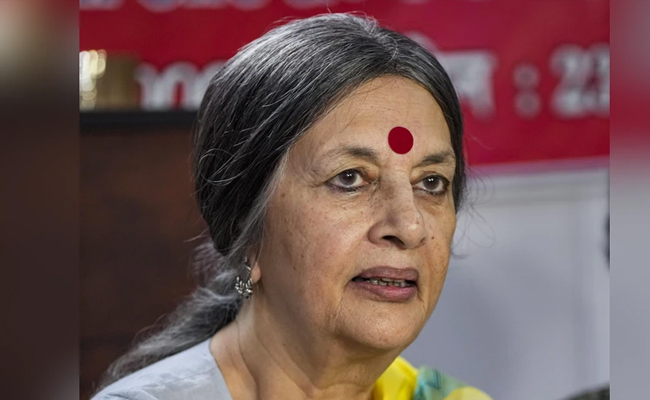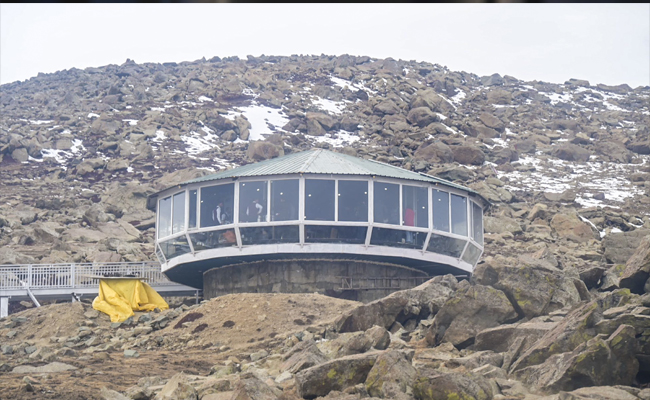New Delhi (PTI): Three pre-shocks spread over 10 days ahead of the 6.3-magnitude earthquake that struck Nepal on November 9 helped avert a bigger tragedy in the Himalayan region bordering Pithoragarh in Uttarakhand, a senior official said on Thursday.
Three earthquakes a 4.1 magnitude temblor at 9.11 am on October 30 and two on November 8 of 3.5 magnitude and 4.9 magnitude helped release a lot of accumulated stress in the seismologically-active Himalayan region, O P Mishra, Director of the National Centre for Seismology told PTI.
He said all the earthquakes had their epicentre about 90 km east-southeast of Pithoragarh in Nepal between the South Almora Thrust and the North Almora Thrust and the shockwaves travelled towards Delhi along the Moradabad fault.
"The biggest safety point of Himalayan region is that smaller quakes keep on happening and there is leakage of stress," said Mishra, who carried out a study of the recent earthquakes in the region.
He said the release of stress by the three pre-shocks also ensured that the after-shocks of the 6.3 magnitude temblor did not cause much damage.
"Also, the after-shocks were fewer in number. Had the three pre-shocks not happened, there could have been a series of aftershocks," Mishra said.
The 6.3 magnitude earthquake was followed by four aftershocks two on November 9 at 3:15 am (3.6 magnitude) and at 6:27 am (4.3 magnitude). Another 3.6 magnitude quake occurred in the region at 4:58 am on November 10.
The 5.4 magnitude earthquake at 7:57 pm on November 12 was also an aftershock of the 6.3 magnitude temblor of November 9 and its impact was also felt in the national capital region.
Four major earthquakes were recorded in the Himalayan region over the past 150 years, including the tremors in Shillong in 1897, in Kangra in 1905, in Bihar-Nepal in 1934 and in Assam in 1950.
An earthquake occurred in Uttarkashi in 1991 followed by one in Chamoli in 1999 and one in Nepal in 2015.
Let the Truth be known. If you read VB and like VB, please be a VB Supporter and Help us deliver the Truth to one and all.
Bhatkal: Speaker of the Karnataka Legislative Assembly U. T. Khader visited Bhatkal in Uttara Kannada district on Saturday and attended a local cricket match being played as part of a tournament organised by the Cosmos Sports Centre of Bhatkal.
After attending a programme at Anjuman Hami-E-Muslimeen, Khader proceeded to the Bhatkal Taluka Stadium, where the tournament is underway. He was accompanied by office-bearers of the Cosmos Sports Centre and several local community leaders.
Those present during the visit included President of Majlis-e-Islah Wa Tanzeem and former JD(S) leader Inayathullah Shabandri, Vice President of Tanzeem Atiqur Rahman Muniri, General Secretary Abdul Raqeeb MJ, President of Cosmos Sports Centre Ismail Anjum, Managing Director of Mohtisham Complexes S. M. Arshad, former president of the Bhatkal Muslim Youth Federation Imtiyaz Udyawar, among others.
Addressing players and organisers, Khader extended his best wishes to the participating teams and urged the players to uphold the spirit of sportsmanship. He said such tournaments help promote unity and brotherhood among the youth.
The cricket tournament began on November 21 and will conclude with the final match on December 21. It is being organised as part of the golden jubilee celebrations of the Cosmos Sports Centre.
Cosmos Sports Centre is one of the member clubs of the Bhatkal Muslim Youth Federation and is known for its active role in promoting sports in the town. Apart from sporting activities, the centre is also involved in various social and community initiatives, including efforts to promote education among students.






